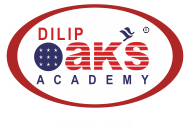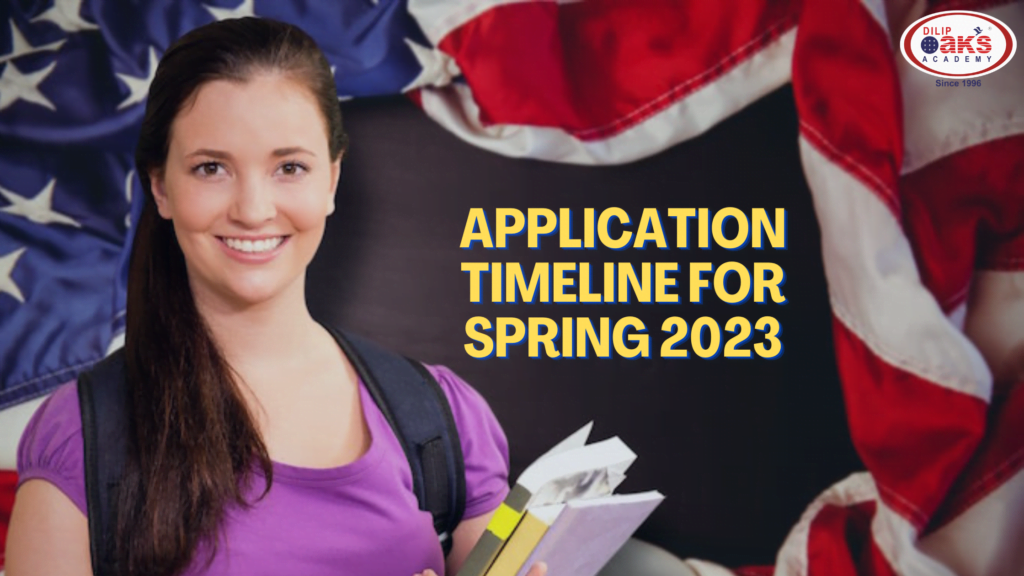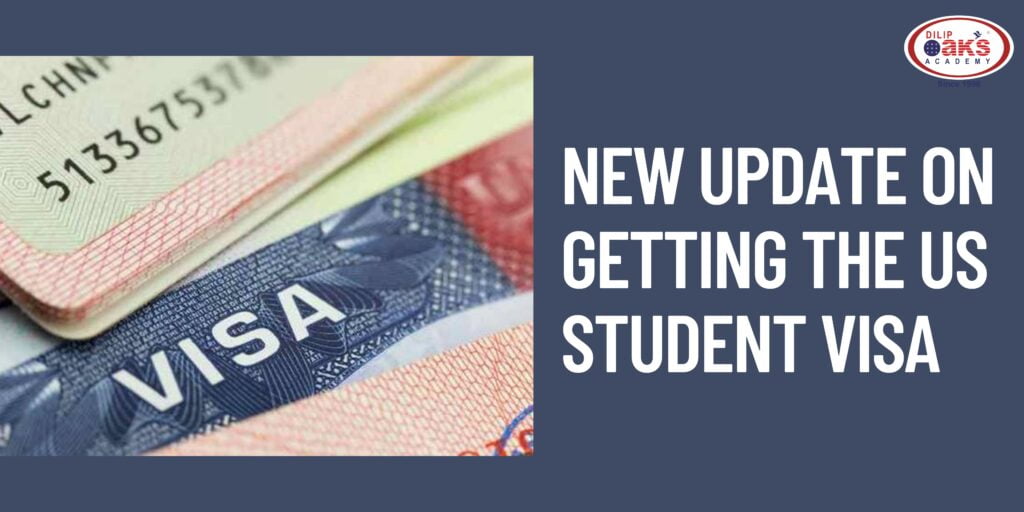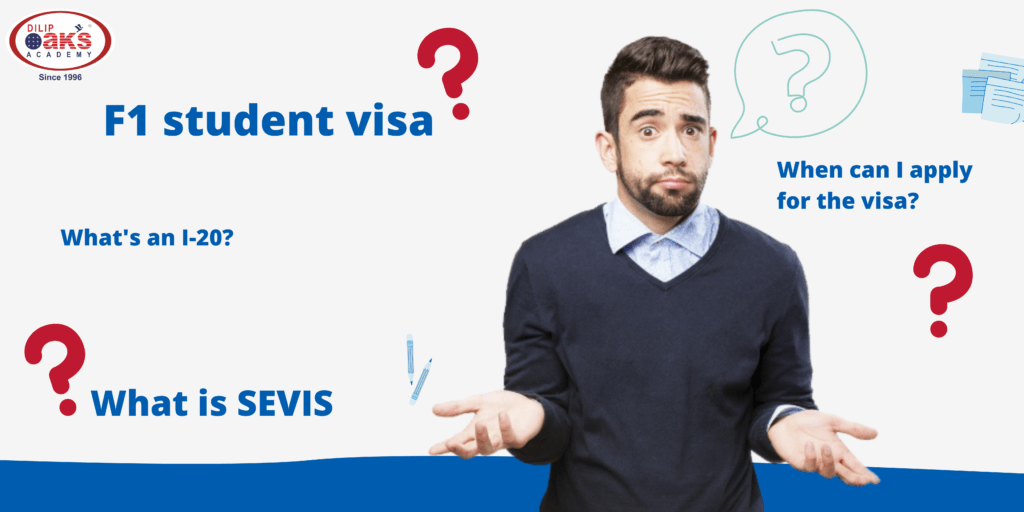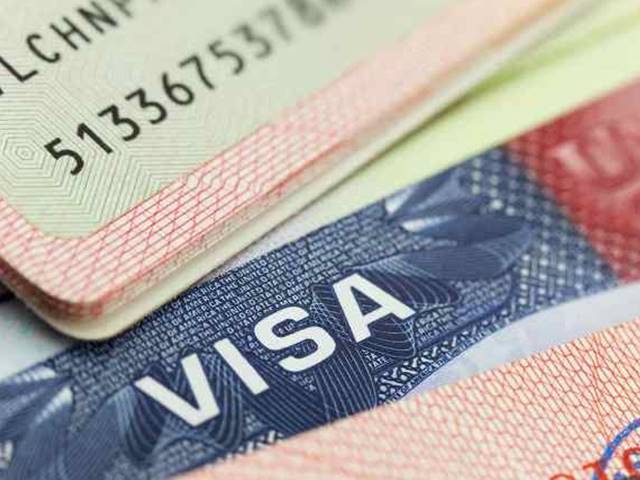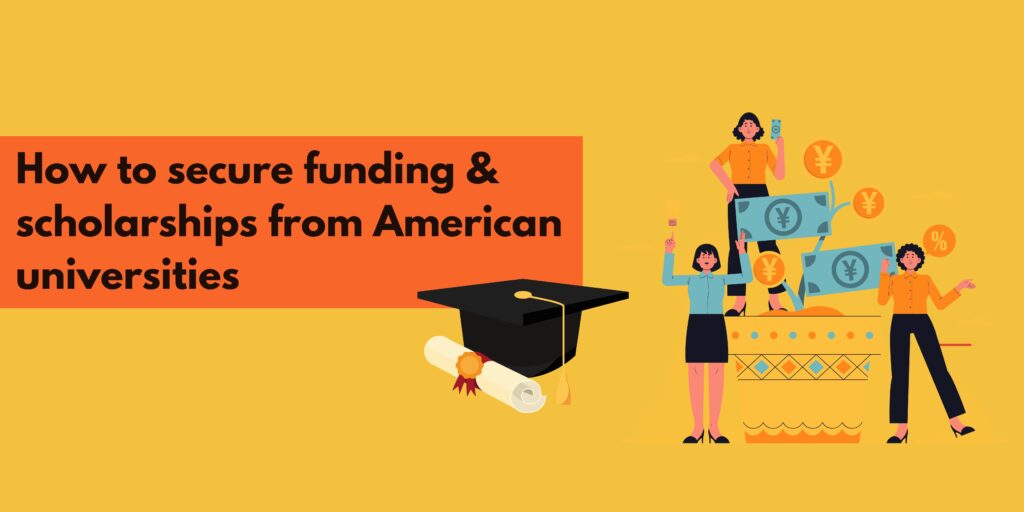With their impeccable quality of education, well-designed coursework and on-campus placement programs offered by the US universities, the US is one of the most sought destinations for higher education. Why US? (read blog). But the current uncertain economic scenario has posed many questions for these prospective graduate students, thus making it difficult for them to decide their future plans. Let us try to address these concerns:
Is the US on the verge of recession?
Recession alarms are being sounded in the US, predicting an economic downfall and, consequently, an increase in unemployment. According to statistical reports, in January 2022, the unemployment rate in America was 4%. which currently is 3.7%. In fact, it has been consistent in recent months, and the Fed is making efforts to ensure that it does not exceed 4%. More specifically, the tech unemployment rate is only 2.1%, indicating a continuous demand for technical skills. Technical jobs have always dominated the job market. So pursuing a graduate program to make yourself technically proficient will help you easily secure these job opportunities.
Layoff/Hiring freezes by tech giants:
This year has witnessed many layoffs and hiring freezes by companies like Facebook, Twitter etc., to implement cost-cutting. Marc Zuckerberg explained the reason for this extreme step in his message to the Meta employees. According to him, the online market had received a boost during the pandemic, and the surge was expected to continue. Consequently, huge investments were made; however, the returns were below expectations, thus resulting in economic losses. Moreover, various cost-cutting strategies implemented to combat these losses were inadequate, leading to downsizing and suspension of new hiring. Of course, the other companies could have a similar reasoning, but should this affect your decision to pursue a graduate program?
Even amidst these adverse circumstances, the available data shows that the aggregate demand for technical expertise is still strong enough to counterbalance the slowing economy. Nonetheless, this is the correct time to equip yourself with the latest skill set so you will have an edge over your peers when the scene changes.
Is there inflation in the US?
Post the 2008 recession, the US economy had revived within three years and continued performing well until the pandemic shook it again. However, it quickly revived within two years. But in mid-2021, the inflation rate started rising and was at its peak in June 2022, reaching 9.1%. As this was well above the targeted 2% inflation rate, the Fed is making desperate efforts to alleviate the inflation rate or ensure that it does not escalate. Interest rates have been increased to encourage the flow of capital, and manufacturing activities are being promoted. Consequently, the average annual inflation rate has stooped down to 7.7% in October, the lowest since Jan 2022. The recent data trends are definitely encouraging and indicate signs of improvement. (Optimistically, we believe it will soon change). More importantly, you will complete your program in 2 years, so making any hasty predictions about the future is not logically justified.
Now what?
So when this cloud of uncertainty is looming over our heads, how do we decide? As mentioned earlier, this would be the best time to pursue higher studies. On a more philosophical note, remember that change is the only thing constant in this universe. Indeed, we cannot predict the future, but we can prepare for it. One of the things that the pandemic has taught us is to be prepared for the unpredictable. Remember, amidst all these cyclical changes, highly skilled technical manpower will always be in demand. So, if your decisions are firm, take this calculated risk and pursue your dreams of studying in the US!
As a trusted study abroad consultant for nearly three decades, Dilip Oak’s Academy will be with you through every step of your journey! Wishing you all the BEST!!!
